-
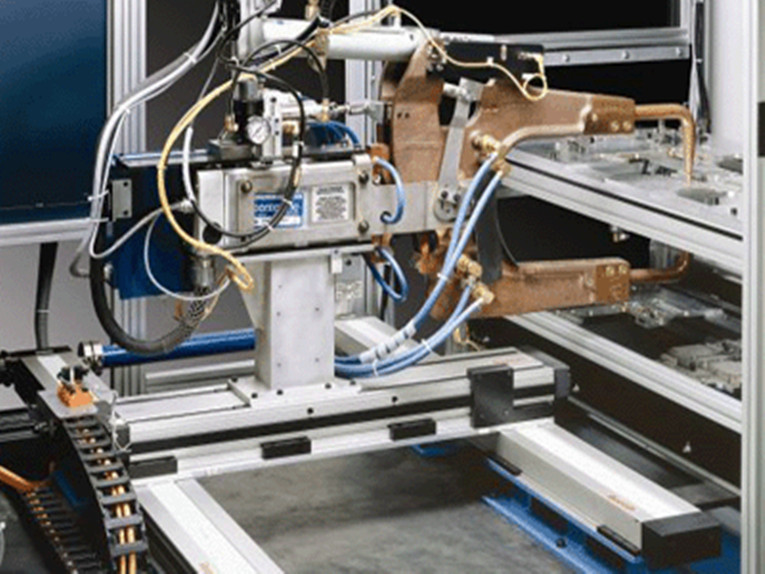
Three easy ways to specify application requirements for linear motion systems
The first step in any automation project is to clearly define the objective — what process are you trying to accomplish or what output are you trying to produce? Once the process or output is defined, it’s time to dig into the details of the application so you can choose the right components or ...Read more -
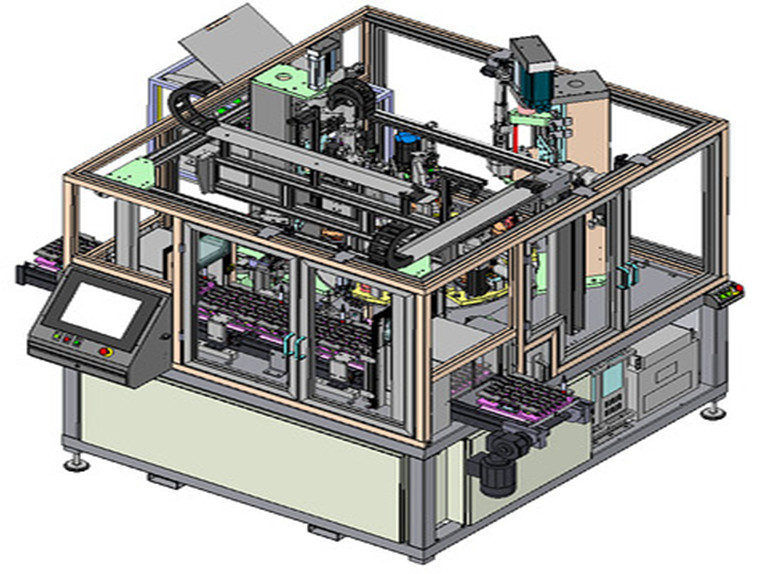
What are Cartesian Robots?
Cartesian coordinate geometry is an excellent method for mapping three-dimensional space in a simple, easy-to-understand numerical system. In the Cartesian system for three-dimensional space, there are three coordinate axes that are perpendicular to each other (orthogonal axes) and meet at the ...Read more -

What is a 12 volt linear actuator?
Linear actuators are typically characterized by their drive mechanism – belt drive, ball or lead screw drive, pneumatic drive, etc. But it’s not unusual for rod style electric actuators to be classified by the input voltage – commonly 12 or 24 volts – of their integrated motors. These actuators ...Read more -
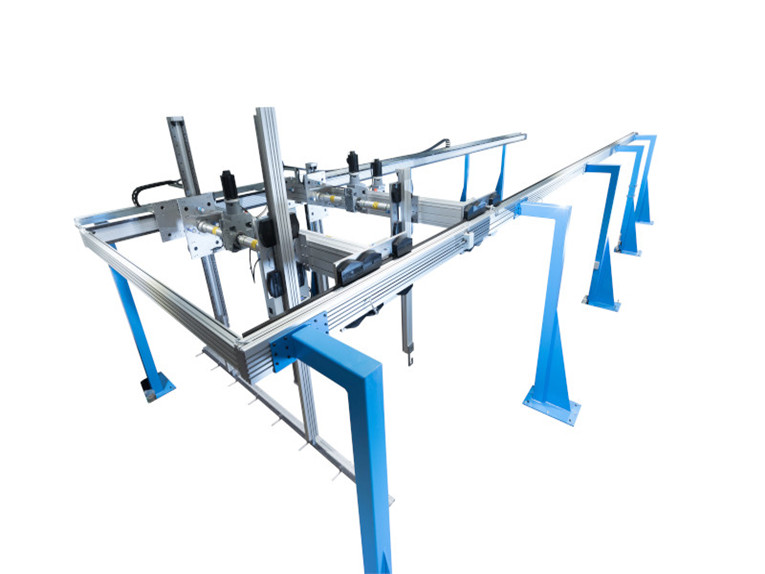
Gantry systems: the perfect solution for heavy loads and larger work areas
Automation in the manufacturing industry is continuing to grow in demand and can be applied to nearly every application from processing, assembly, inspection to packaging. Gantries and 6-axis industrial robots are widely used to achieve automation for applications such as palletizing, sorting, a...Read more -
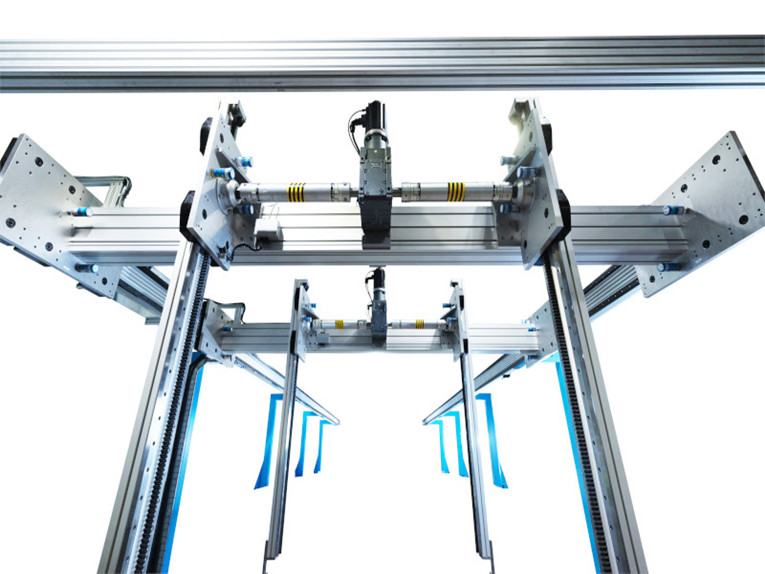
WHAT TO KNOW ABOUT PICK AND PLACE ROBOTS
Haven’t most of us, during childhood, once hoped for a robot that could pick up our toys, place them back and organize them so that our parents wouldn’t scold us for making a mess? Today, it has become reality. Although robots are not yet picking and placing items in our homes, they are doing ...Read more -
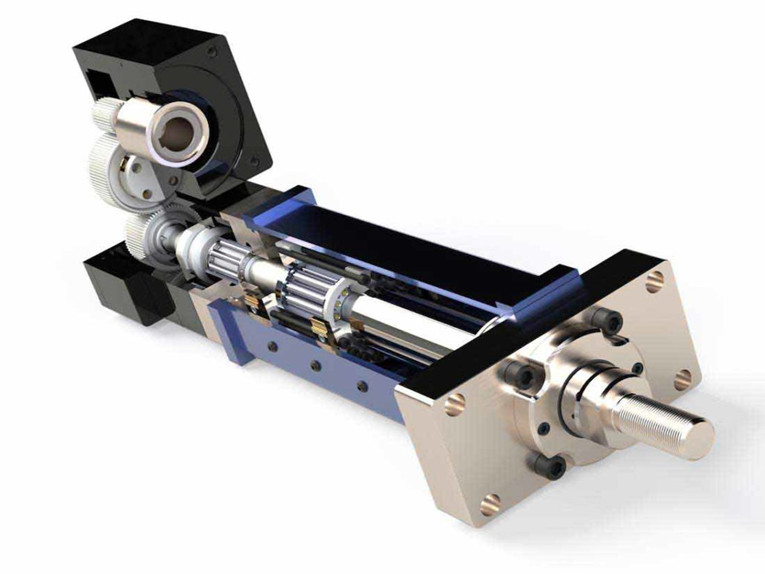
What are Linear Actuators and Their Applications?
A linear actuator is a device used to move or control the circular motion linear-direction using a centralized control signal. The control signal helps the motor to move forward and backward any mechanism in a straight line. The pull and push motion enables the device to perform multiple functio...Read more -

Rules for Actuator and Guide Alignment in Linear Motion Systems
Following a few simple guidelines for designing linear motion systems can improve system performance and actuator life. Many automated machines rely on linear guidance components, such as profiled rail, round rail or other rolling or sliding bearing structures, to guide and support the moving el...Read more -
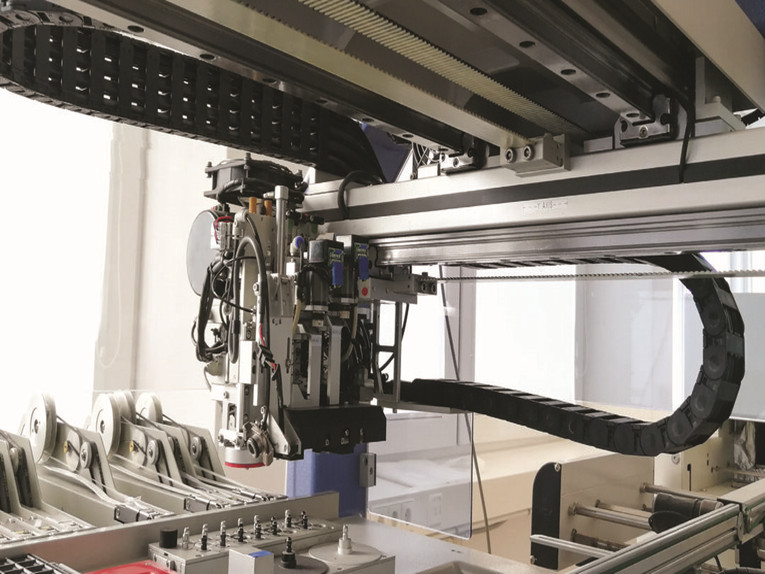
What are Linear Actuators and How are They Sized?
Linear actuators provide important functions to a range of medical devices such as medical beds, operating tables, and dental chairs. A linear actuator is a mechanical device that converts energy to create straight-line motion to either lift, tilt, or move mechanical legs in and out, depending o...Read more -
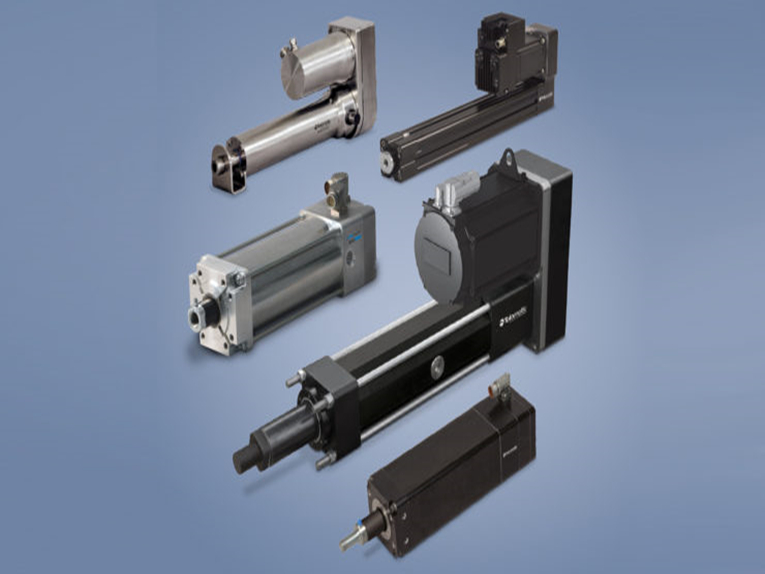
Linear motion in medical applications: Linear actuators in patient lifts, beds, and tables
Moving a patient in a hospital or medical facility doesn’t always involve racing down a hallway with the patient in a wheelchair or on a gurney. Very often, a patient simply needs to be moved from a lying or sitting position to a standing position (or vice-versa). Even for patients who possess s...Read more -
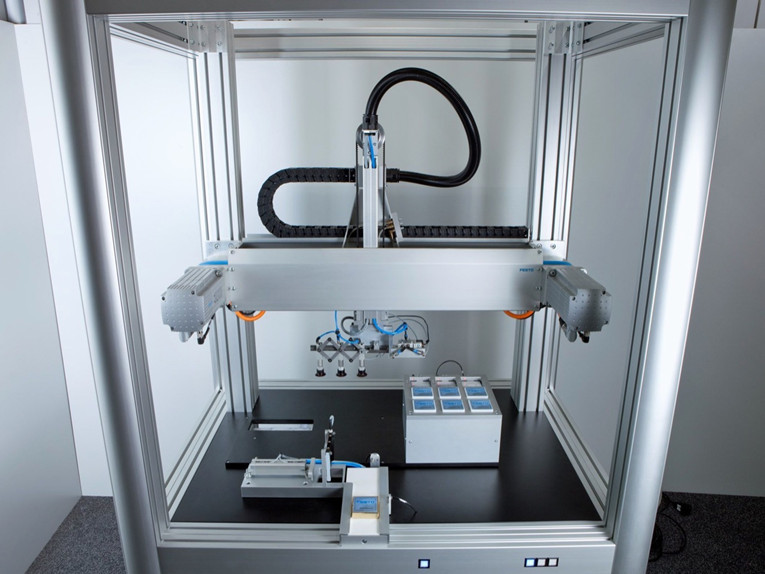
WHAT YOU SHOULD KNOW ABOUT CARTESIAN ROBOTS
What is a Cartesian Robot? Machines that operate on Cartesian coordinate systems have been staples in factories for decades. 3D printers, laser-cutters, and CNC machines are examples of devices that use the same principle as Cartesian robots. What sets these robots apart from others is their con...Read more -

Robots: How to Choose the Right One
Available in a range of performance capabilities and prices, robots are becoming ubiquitous in all types of industrial production operations. Understanding the capabilities of each robot type is key to making the best choice for your business. For a half-century, the image of the large, six-axis...Read more -
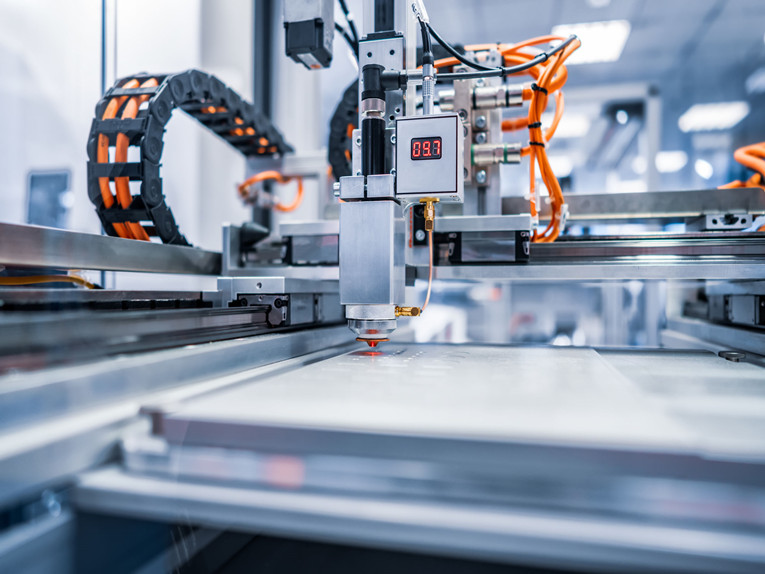
What is a Cartesian Robot?
Opposed to another type of robot or multi-axis system. First, a Cartesian system is one that moves in three, orthogonal axes — X, Y, and Z — according to the Cartesian coordinates. (Although it should be noted that a rotary axis — in the form of an end effector or end of arm tooling — is sometim...Read more







